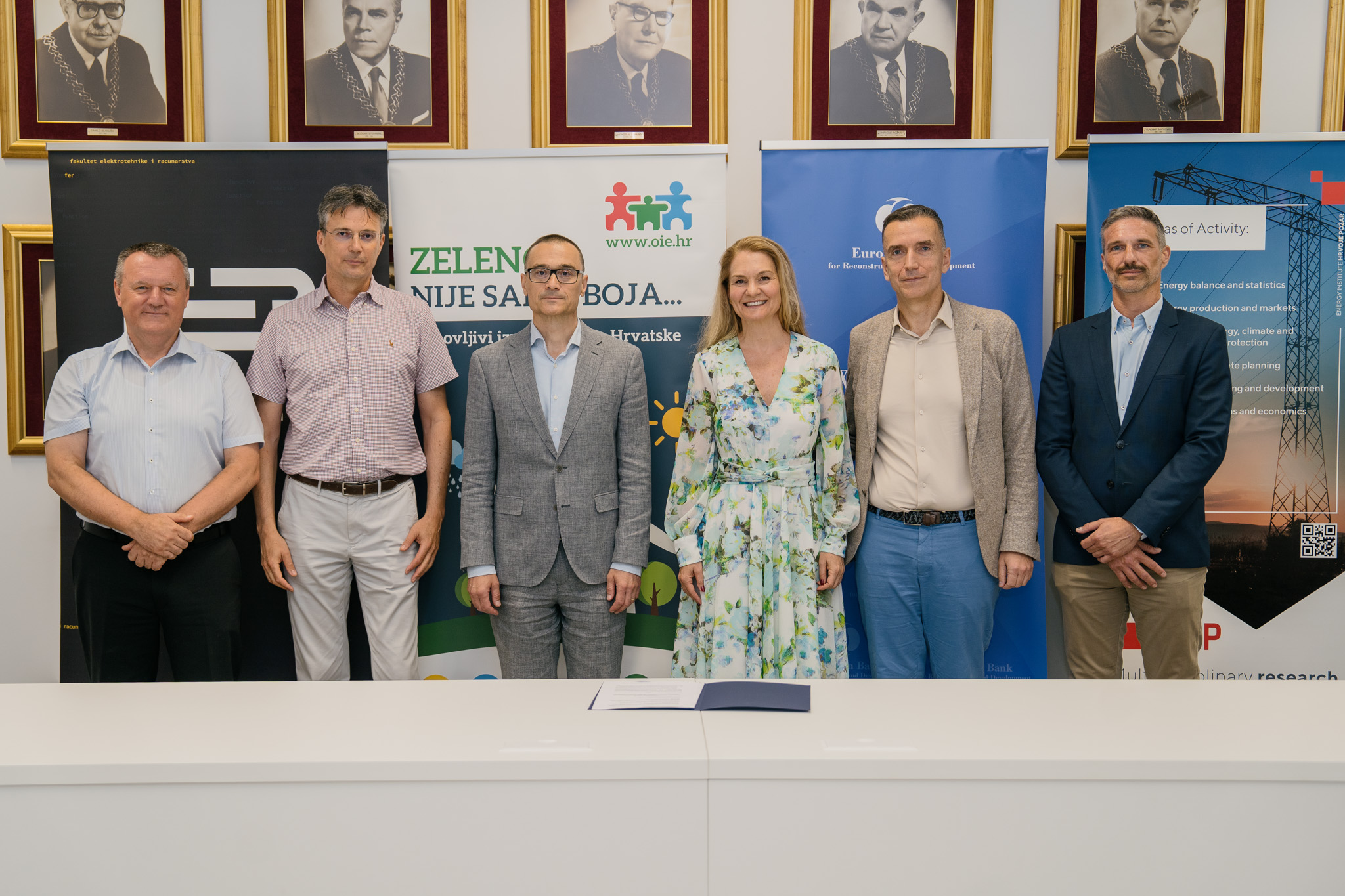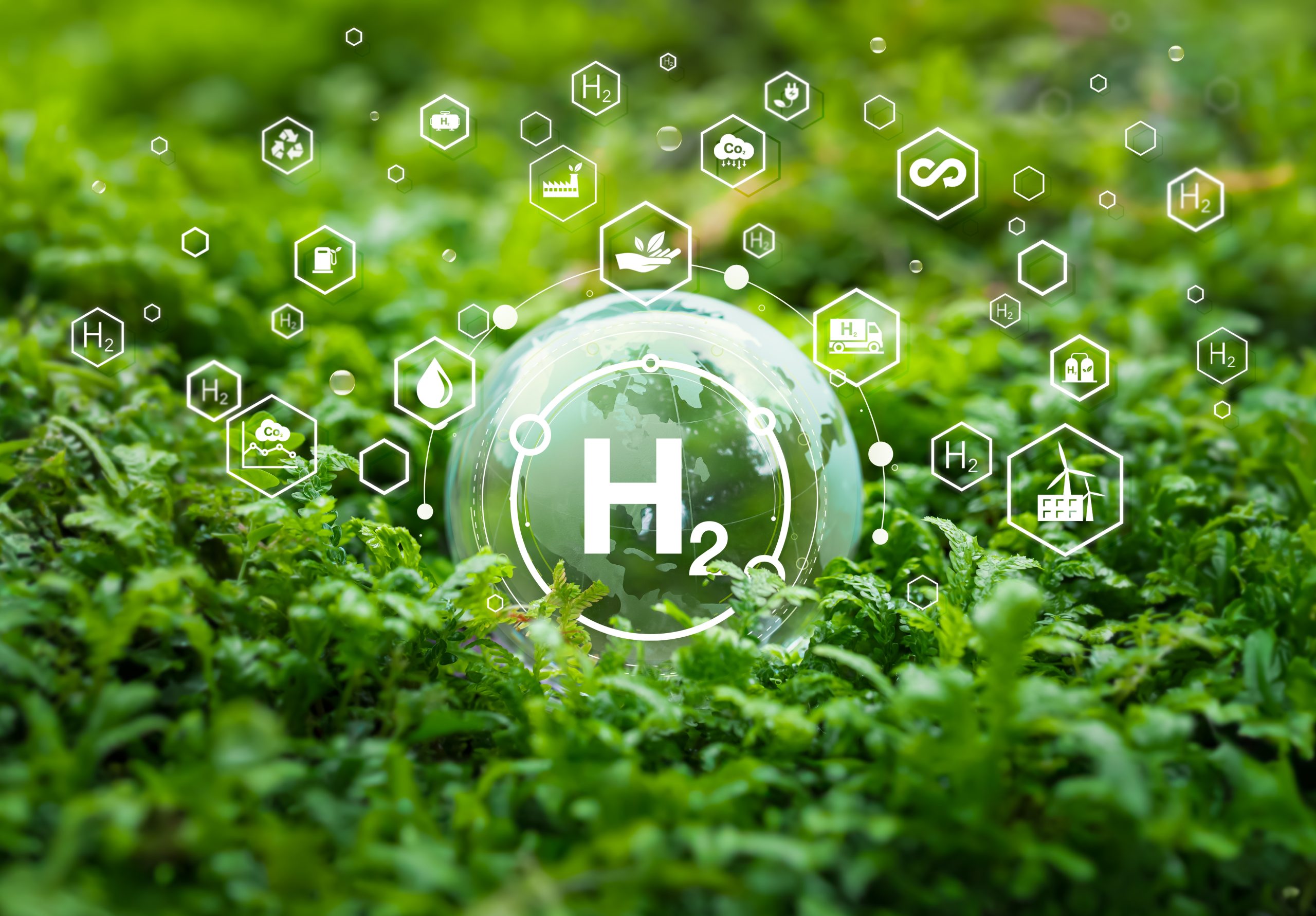This report presents a comprehensive comparative analysis of the institutional, legal, financial, and technical status of district heating and cooling (DHC) systems in the REHEATEAST. project region. The aim is to identify common trends, challenges, and enabling factors for transitioning to energy-efficient, low-carbon DHC networks. The study seeks to identify existing barriers, shortcomings, and examples of good practice to support the development of sustainable, efficient, and low-carbon DHC systems aligned with EU energy and climate policies. The analysis is based on stakeholder surveys, policy reviews, and technical assessments to evaluate the current state and development potential of the sector, guide regional efforts toward cleaner and more resilient infrastructure, and encourage investments in DHC systems.
Key Insights
Sector Structure and Variability
The DHC sector in the region shows considerable diversity in system size, coverage, and development stage. While some areas benefit from dense, well-established networks, others are characterized by fragmented systems, limited reach, and lower service reliability. Differences in user density, heat production capacity, and technical efficiency reflect uneven development paths and highlight the need for targeted modernization strategies.
Energy Sources and Efficiency
Most DHC systems still rely heavily on fossil fuels, especially natural gas, as the main heat source. Although there is growing momentum to integrate renewable energy sources such as biomass, geothermal, and waste heat, their deployment remains limited due to outdated infrastructure, weak investment incentives, and a lack of technical expertise. Many systems also experience significant heat losses and operational inefficiencies, severely impacting overall energy performance. These challenges underscore the urgent need for modernization, where integrating renewables, lowering operating temperatures, and improving building energy efficiency can jointly create favorable conditions for adopting clean energy solutions.
Regulatory and Policy Alignment
Regulatory frameworks vary significantly in their support for the sustainable development of DHC systems. Some jurisdictions show strong alignment with EU directives and promote long-term decarbonization strategies, while others lag in transposing legislation or face challenges due to fragmented governance and limited institutional capacities. Gaps in planning coordination, weak implementation of strategic documents, and inconsistent municipal involvement hinder coherent progress.
Financing and Investment Readiness
Public funding, especially from EU instruments and international financial institutions, is the main driver of investment in the region’s DHC sector. While some areas have successfully leveraged co-financing mechanisms and technical assistance programs, others struggle with limited administrative capacity and an underdeveloped project pipeline. A high dependence on operational subsidies—especially for fossil-fuel-based systems—further restricts financial sustainability and discourages innovation.
New financing models—such as public-private partnerships, energy performance and supply contracts, and citizen-led energy communities—remain largely underutilized. Expanding access to these models requires improved planning frameworks, bankable project proposals, and dedicated national investment programs for RES-based and fourth-generation DHC systems.
Social Equity and Consumer Inclusion
Affordability, energy poverty, and consumer perception are key factors influencing the acceptance and stability of DHC systems. In many areas, households face high heating costs due to inefficient systems and limited support mechanisms. The integration of social housing with DHC systems is inconsistent, and targeted subsidy or pricing models for vulnerable user groups are rarely in place.
Consumer engagement practices vary widely, with very limited participation in planning or tariff-setting processes. Transparency, service quality, and trust are crucial for customer retention and satisfaction. Integrating social aspects into energy planning—especially at the local level—can increase the social value and resilience of DHC systems.
Technical Readiness and Future Orientation
Technical readiness for modernization varies significantly. While some systems demonstrate high operational efficiency and are well-prepared for integrating renewables, others still lack basic digital infrastructure and planning tools. The transition to low-temperature, interconnected, and smart DHC networks largely depends on local expertise, continuous access to modern technologies, and strong institutional support.
The future development of DHC systems is increasingly focused on decarbonization, digitalization, and cross-sector integration. Priority technologies include heat pumps, geothermal energy, solar thermal systems, advanced RES-based cogeneration, and waste heat recovery. Sector coupling (e.g., heating with electricity, mobility, and other areas such as hydrogen systems) is becoming more important as a means to increase the flexibility and resilience of the energy system.
You can read the full report HERE.






